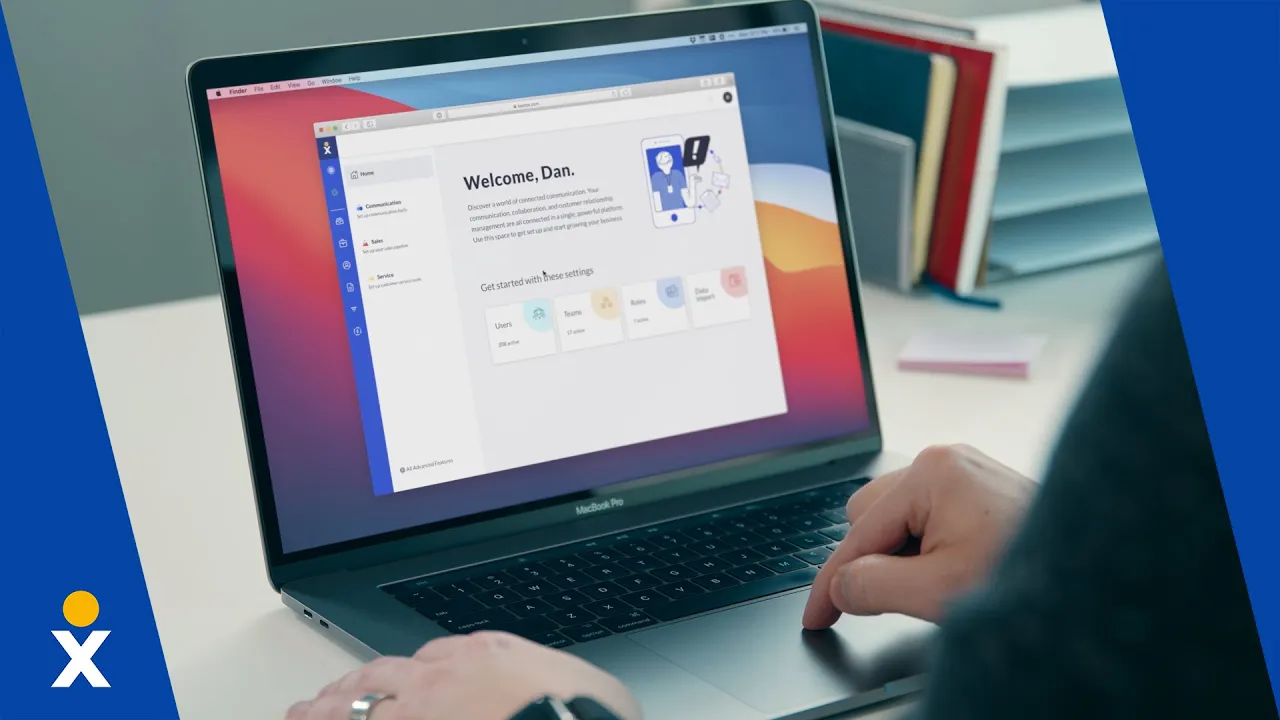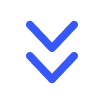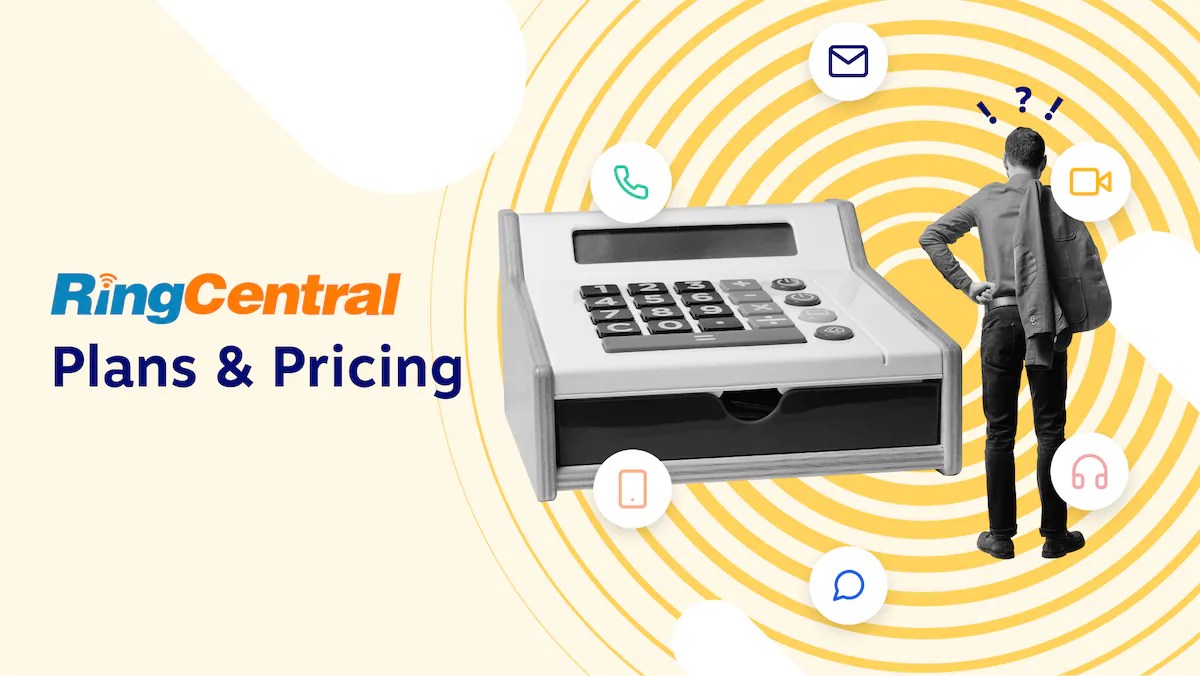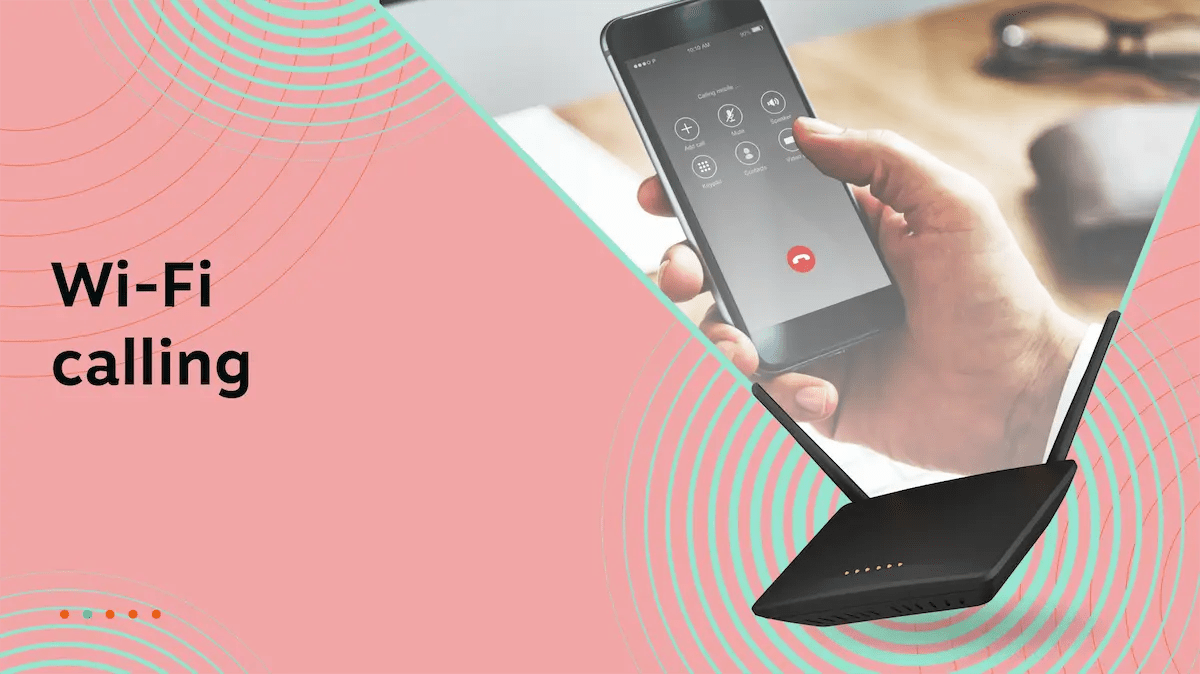Medical offices are slammed with phone calls, and each one feels critically important to the caller even if it’s just about a prescription refill. Team members must field seemingly endless calls while prioritizing the most urgent ones and ensuring compliance with important security and privacy regulations. This is no easy task when you use traditional phone systems, but VoIP phone systems that align with your office’s needs can make the job much easier.
This post will tell you about the benefits of using specialized VoIP phone services for medical offices, the key features to look for when choosing a phone service provider, and the top three vendors to consider.
Benefits of a VoIP Phone System for Medical Offices
Healthcare offices and medical call centers are increasingly ditching their traditional phone systems in favor of VoIP solutions to take advantage of benefits for patients and support teams alike.

Improved patient experience
VoIP phone systems have advanced functionality, with easy-to-set-up features like skills-based call forwarding, call queues, and interactive voice response (IVR) that immediately improve the patient experience. Automated attendants ensure immediate, accurate call routing, which can reduce patients’ wait times and frustration. They’ll speak to the right person the first time, and they’ll do so faster.
Appointment schedulers won’t be drowning in calls from patients who have urgent medical questions following their surgery, for example. They’ll be sent to a triage nurse who can help them determine the best course of action.
Advanced call-handling capabilities enable healthcare providers to be responsive to patient needs, which is an essential part of a strong healthcare customer experience.

Enhanced productivity
Healthcare organizations can streamline call processes with inbound and outbound call center features like IVR, autodialers, and automated scheduling reminders. These features enable you to free staff members from routine communication tasks — like reminding patients of upcoming appointments or checking their account balances — so that your support agents can focus more on important patient-care inquiries.

Cost efficiency
VoIP systems are much more cost-effective than traditional PBX systems, with much lower upfront investments and lower ongoing maintenance costs.
There’s no need for expensive and difficult-to-set-up hardware, and there are minimal maintenance costs as a result. Adding new phone lines is exceptionally easy since no hardware is required. And, since many VoIP systems offer pricing that scales up and down based on your fluctuating patient volume and practice size, you’ll never run out of bandwidth or overpay for what you need.
Regulatory compliance
Patient information is protected under HIPAA, a data security and privacy regulation that ensures medical information is protected. Maintaining compliance with key regulations is a crucial healthcare call center best practice.

Some phone systems — as you’ll discover later in this post — have built-in HIPAA-compliant features to make this much easier. These features may include secure call recording and encrypted voicemail transcription, which automatically keep your communication system compliant.
Essential Features for a Medical Office Phone System
Medical practices need to have specific phone system features to stay compliant and productive while still delivering great patient experiences. Here are the eight most important features healthcare organizations should look for in a business phone system:
1. Intelligent call flows
Incoming calls can be automatically directed to the appropriate team members by using call flows for new patients, existing patients, medical billing, and pharmacy requests. IVR systems can prep callers by giving them instructions — such as asking them to have their insurance cards ready — or information they need before routing them to extensions. These verbal prompts shorten average handle times.

Intelligent call flows can also be customized to use call whispers to announce the nature of the call, which will help staff handle customer inquiries most effectively.
2. Unified communication tools
Medical offices aren’t just seeing patients in person and making appointments over the phone; telehealth consultations are now conducted on virtual calls, and appointment requests can be made online or even through live chat.

As a result, your VoIP solution must be part of a unified communication platform or at least allow for the integration of voice, video conferencing, SMS messaging, live chat, and email. This makes your patient communication cohesive and multimodal.
3. CRM and EHR integration
Seamless CRM and electronic health record (EHR) integration gives your team members effortless access to patient records and enables them to personalize their interactions with patients during every call.
When a patient calls to make an appointment, for example, your system can register their caller ID to quickly determine which doctor they usually see and when their last appointment was. If they’re calling to schedule a physical, you can remind them when they last had one so they make sure to wait long enough for the next one to have insurance foot the bill.
4. Auto attendant and intelligent call routing
Automated attendants handle calls efficiently by quickly and accurately directing each patient to the correct department or individual. This functionality is essential.
Without IVR, a patient who has had surgery and wants to make an appointment to discuss worrisome symptoms may find themselves speaking to the scheduling team when they really need to talk to the triage nurse.

The triage nurse can squeeze in last-minute appointments and also assess whether the symptoms require a doctor’s appointment, an emergency-room visit, or a wait-and-see approach. By reaching the triage nurse first, the patient quickly gets the answers they need, and all the medical practice teams are more effective.
5. Advanced call analytics
Real-time monitoring and reporting are essential for healthcare practices. Advanced analytics can help you assess staff performance, identify customer trends, and more. These tools can identify areas for improvement, which is info you can use to enhance your call center efficiency.
You may realize, for example, that there’s a high volume of customer calls to confirm appointment times, which clogs up call queues. To solve this problem, you can send a confirmation text after each appointment is made and text each patient again a week before their appointment.
6. HIPAA-compliant call recording
HIPAA compliance is essential for medical practices, and you should only choose a HIPAA-compliant VoIP like Nextiva. Using this type of platform will ensure that all recorded communications are conducted and stored according to the regulation’s requirements, safeguarding patient confidentiality. Your phone system should have advanced encryption for call logs and call transcripts, secure lines of communication, and HIPAA-compliant call recording.

7. Mobile accessibility
The days of landlines are long past. With VoIP phone systems, your team can work from anywhere they have an internet connection.
Choose a platform with a robust mobile app that allows your staff to manage calls and messages remotely. This is particularly important for on-call scenarios when practitioners won’t be in your office but still need to be reached urgently.
8. Emergency alerts and mass notifications
Healthcare organizations and medical practices may occasionally need to broadcast emergency information or critical alerts to patients and staff. It’s essential to choose a phone system that can handle this if necessary.
How to Choose a VoIP Vendor for Medical Practices
Ready to choose a business phone system for your medical practice? Here’s what to look for:
- Compliance capabilities: Confirm HIPAA compliance with features like verifiable audits and data encryption, and require signed business associate agreements.
- Reliability: Ensure that your chosen vendor offers industry-leading uptime guarantees.
- Scalability: Choose a vendor with plans and pricing that will scale with your medical practice’s size and call volume.
- Integration with existing tech: Check compatibility and ease of integration with existing healthcare software such as CRM, EHR, and practice management tools.
- Customer support: Look for 24/7 customer support to help you resolve technical issues or provide troubleshooting if necessary.
- Comprehensive training: Take advantage of the onboarding and training some vendors offer to teach your team how to set up the software and use the platform.
Top 3 Vendors for Medical Office Phone Systems
Wondering how to find the best phone system for healthcare organizations? Here are the top three phone systems in 2025 for healthcare practices, from small providers to high-volume medical call centers:
1. Nextiva

Nextiva is one of the most reliable VoIP services on the market, with healthcare-specific solutions that offer both advanced features and HIPAA compliance. Here are some of Nextiva’s key features:
- Unified communications: Offer integrated voice, video conferencing, SMS, email, and chat capabilities
- Advanced analytics: Deliver real-time insights into call volumes, patient interactions, and staff performance to improve the patient experience and operational efficiency
- Compliance assurance: Includes HIPAA-compliant call recording, advanced encryption for voicemail transcription and call records, and robust security measures
- User-friendly interface: Is easy to set up, has intuitive dashboards, and requires minimal training
- Exceptional reliability: Offers 99.999% uptime and award-winning customer service
- AI-powered features: Includes dynamic call scripting and sentiment analysis for improved patient experiences
Nextiva is highly scalable, with transparent pricing plans that can adapt as your call volume and practice size fluctuate.

2. RingCentral

RingCentral is another popular communications platform and VoIP service provider. Its key features include:
- Cloud-based flexibility: Facilitates remote work and has high scalability potential
- Omnichannel support: Includes robust features for cross-platform patient communication
- Detailed analytics: Provides insights into busy call times, staff performance, and essential metrics
- Advanced call routing: Sets up and handles complex communication workflows
RingCentral has a healthcare-specific solution, but its compliance tools and features aren’t quite as intuitive as Nextiva’s interface. This may reduce RingCentral’s adoption by team members.
3. 8×8

8×8 is an AI-powered contact center solution that’s similar to RingCentral. 8×8’s features enable unified communications across different channels and are HIPAA-compliant. Its key features include:
- International reach: Its strong global presence and multilingual support make it a solid choice for healthcare organizations regularly helping patients outside the United States.
- Omnichannel options: It offers multichannel support for a well-rounded customer experience.
- Decent analytics: Its analytics provide important information for KPI tracking but aren’t quite as advanced as RingCentral’s.
8×8 has a slightly more complex setup process with a more advanced learning curve than other phone systems. Medical practices looking for a simplified setup and user-friendly tools may want to consider Nextiva instead.
Nextiva: The Best Solution for Your Medical Office
With Nextiva, healthcare practices are positioned to exceed patient communication expectations, streamline workflows, and ensure compliance with confidence.
Nextiva ensures your medical practice remains secure, scalable, and patient-focused, establishing a solid foundation for continued growth. Its high service quality and reliable uptimes will enable you to deliver consistently outstanding patient care.
Discover Nextiva’s VoIP solutions for the healthcare industry.
VoIP solutions for the healthcare industry.
Small practices to large healthcare organizations trust Nextiva to manage all their end-to-end patient interactions using our HIPAA-compliant platform.

















 VoIP
VoIP 








